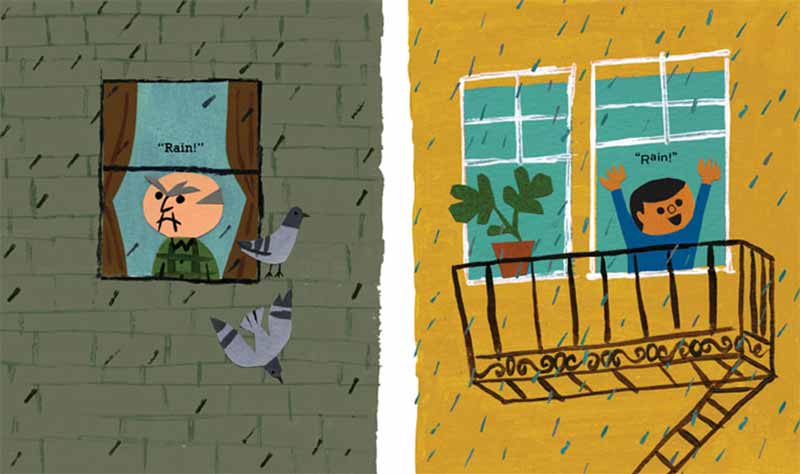Recognize and Describe Emotions
Working with preschoolers to connect what they are feeling with language will help them better recognize their emotions

What You Need to Know
Children express a wide range of emotions. At times, these emotions can be strong and overwhelming for them. Because they are still learning to understand and regulate their needs, wants, and feelings, these strong emotions can lead to behaviors that teachers find challenging such as hitting, yelling, or tantrums. Helping children recognize and describe their feelings will help them begin to express their emotions with language and develop empathy.
What It Looks Like
A quick glance at how you can help preschoolers learn to recognize and describe emotions
Practice Labeling Emotions
Label emotions, including those of characters, to help children learn the names of a range of feelings – both positive and negative. Connect related facial expressions and body language to support children’s growing knowledge of these emotions.
Define Emotions
Discuss and describe emotions with children to prompt them to consider ‘why’ someone may be feeling a certain way. This experiential knowledge can be useful when they are experiencing similar feelings.
Label Emotions
Prompt children to label their own emotions to help them connect what they are feeling with language.
COVID 19 ADAPTATIONS
How Do You Feel?
In this 20-minute webinar, educational coaches Stephanie Adams and Caitlin Powell talk about how we can help children connect their feelings with language in virtual, hybrid, and socially distanced classroom environments.


STRATEGIES THAT WORK
Working Through Emotions
Young children can feel strong emotions for a variety of reasons. This strategy suite presents evidence-based practices you can use to help children recognize, describe, and work through strong emotions as they arise.
TRAUMA-INFORMED CARE
Validating Strong Emotions
A tip sheet from The National Child Traumatic Stress Network lays out specific emotions that young children may be experiencing due to the current pandemic. Learn how you can listen and validate these big feelings.
FAMILY CONNECTION
Labeling Emotions at Home
This short video (including printables) from Sesame Street models how caregivers can talk with children about their emotions, label children’s emotions, and support their big feelings with strategies that are simple to implement at home.
CONSIDERING EQUITY
Our Race-Related Memories
Dr. Beverly Tatum talks about the strong emotions linked to our race-related memories and the power of talking about race with children to help them understand their emotions and make sense of the world.
BUILDING CONNECTIONS WITH BOOKS
RAIN!
Written by Linda Ashman and illustrated by Christian Robinson, Rain! depicts how two different people feel and act on a rainy day. This simple yet upbeat story offers readers and listeners a chance to label and describe feelings.

Activity Cards for Preschool Classrooms
Part of the STREAMin3 curriculum, these activity cards provide simple and fun ways you can help children explore, describe, and reflect on their emotions
Get Our Resource Guide
Includes questions and activities to guide your use of the videos, book suggestions, and activity cards featured for each of our core social-emotional skills





